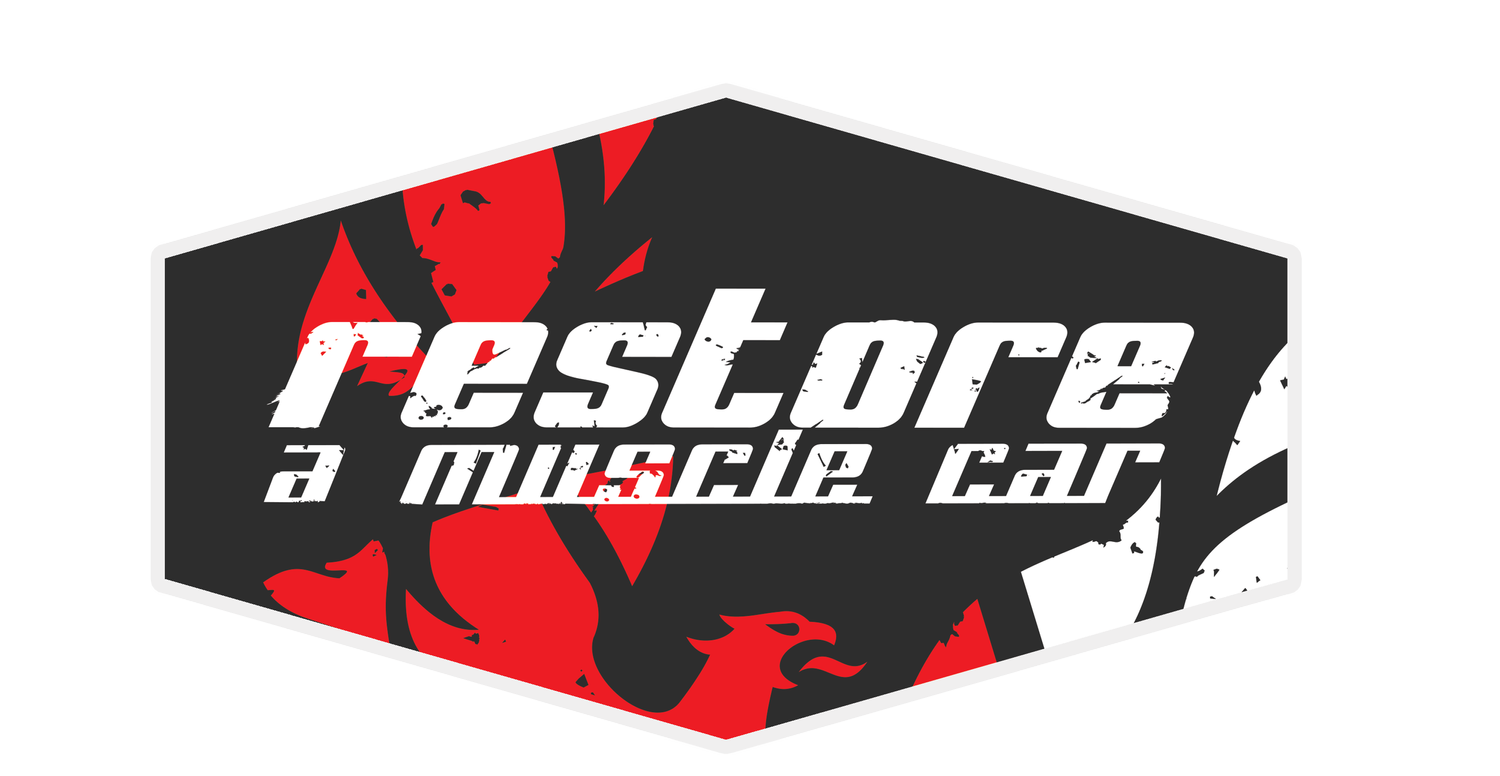OEM vs. Aftermarket Parts: Which is Best for Your Muscle Car?
When it comes to restoring a muscle car, the choice between OEM (Original Equipment Manufacturer) and aftermarket parts can be a pivotal decision. Each option offers distinct advantages and drawbacks, impacting your vehicle’s performance, reliability, and overall restoration cost. In this guide, we break down the differences to help you make the best choice for your classic muscle car.
What are OEM Parts?
OEM parts are produced by the original manufacturer of your vehicle. These parts are designed to fit and function exactly like the original components.
Pros of OEM Parts:
Perfect Fit: Designed specifically for your vehicle model.
High Quality: Meets the manufacturer's standards.
Warranty: Often comes with a manufacturer’s warranty.
Cons of OEM Parts:
Cost: Typically more expensive than aftermarket parts.
Limited Availability: Can be harder to find, especially for older models.
What are aftermarket parts?
Aftermarket parts are produced by third-party manufacturers and are designed to be compatible with various vehicle models.
Pros of Aftermarket Parts:
Cost-Effective: Generally less expensive than OEM parts.
Variety: Wide range of options and upgrades.
Availability: Easier to find, even for older models.
Cons of Aftermarket Parts:
Quality Variance: Quality can vary widely between manufacturers.
Fit Issues: May not fit as perfectly as OEM parts.
No Standard Warranty: Often lack a manufacturer’s warranty.

